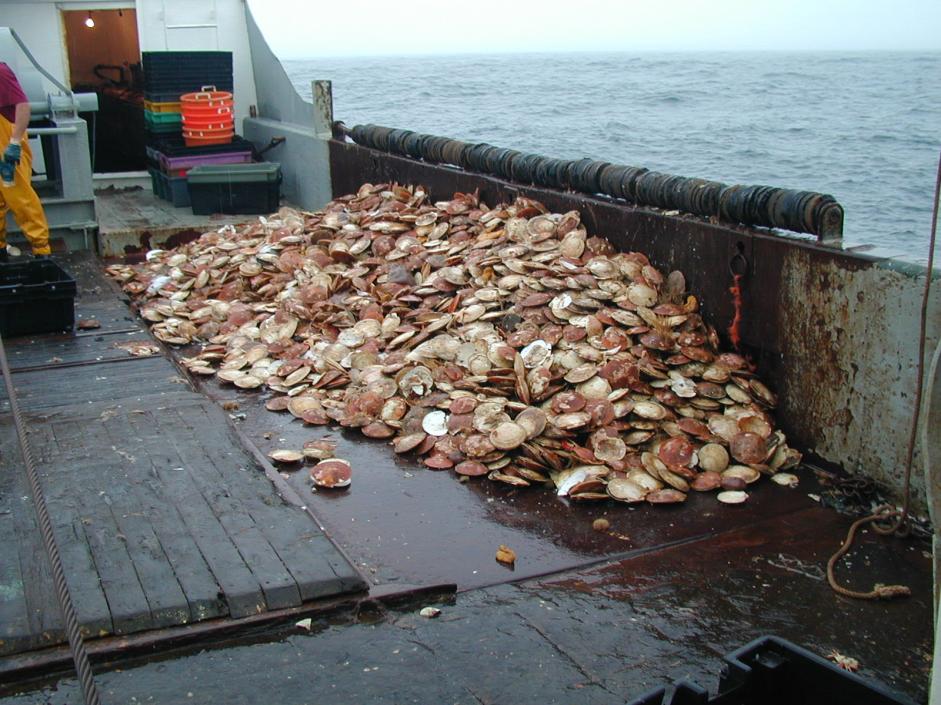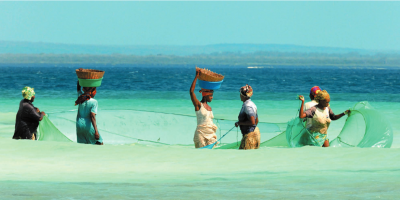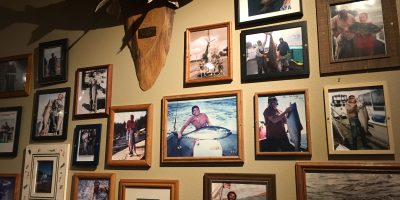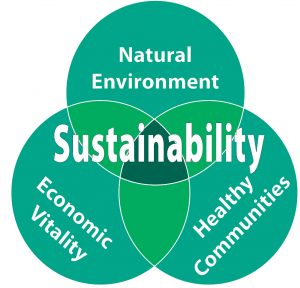The 2018 Bevan Series features an engaging set of speakers tackling questions related to sustainable fisheries in a changing climate in the U.S. and around the world.
So, what exactly is a sustainable fishery? Turns out, the answer isn’t that simple, and it may depend on who you talk to. To get the discussion going, let’s go over some definitions.
Let’s start with fishing. According to the FAO, fishing is “the capture of aquatic organisms in marine, coastal and inland areas“. Note the definition does not discuss the fate of captured aquatic organisms – they can be sold for profit (commercial fishing), kept for personal consumption, competition, or sport (recreational fishing), or consumed for survival (subsistence fishing). So already, we can start thinking about how the objective of fishing – for fun, for food, for money – might influence any assessment of sustainability.
So then what is a fishery? It is defined in terms of the “people involved, species or type of fish, area of water or seabed, method of fishing, class of boats, purpose of the activities or a combination of the foregoing features“. It may involve the capture of wild fish or raising fish through fish farming or aquaculture. So, this is where we can start thinking about the differences in who, what, where, how, and why to categorize fishing into different fisheries. The commercial fishery in the U.S. for the Atlantic sea scallop (one of the the most valuable fisheries) involves dredges or trawls that can fish year-round, typically in shallow waters (<100 m) on the Atlantic coast, and catch large numbers of scallops and other non-target species in a single haul. Contrast this with a recreational fishery for steelhead in Washington State which may involve drift fishing in a river or casting from shore during winter or early spring for individual fish. Keep in mind that both of these fisheries require permits of some sort, are subject to catch limits, generate revenue and support the local economy, and can impact the environment.
Alright, now that we’ve defined a fishery, let’s consider sustainability. ‘Sustainable’ can generally be defined as “of, relating to, or being a method of harvesting or using a resource so that the resource is not depleted or permanently damaged“. Sustainability can be thought of in terms three elements (or “pillars”): ecological, social, and economic.
Much has been written about sustainability, but let’s focus on these three elements in the context of what we think of as far as fishing and fisheries. Sustainable fishing has been defined as fishing that can be conducted over the long term at an acceptable level of biological and economic productivity without leading to ecological changes that foreclose options for future generations.
So, this definition includes all three elements — but what do you think of when you hear “sustainable fishery”? Do you think about the ecological component – fast-moving bluefin tuna, sea turtles caught on longlines, or schools of anchoveta feeding seabirds of the coast of Peru? Or perhaps you think more about the social aspect – access to a healthy (and tasty) source of protein and local communities thriving on the “bounty from the sea”. Or, do you consider the economics – revenue generated by fishing that supports jobs, a market that makes fish available to buy, and a fishery that is economically viable for fishermen.
We’ll consider all three of these elements as we navigate our way through Winter Quarter, and dive into discussions of how U.S. fisheries are managed, how changing ocean temperatures and ocean acidification might affect fished species, and how overfishing might lead to malnutrition and increased food insecurity, amongst many other topics.
So, subscribe, follow along, and check back here weekly to see what the undergraduates have learned and blogged about!







Leave a Reply